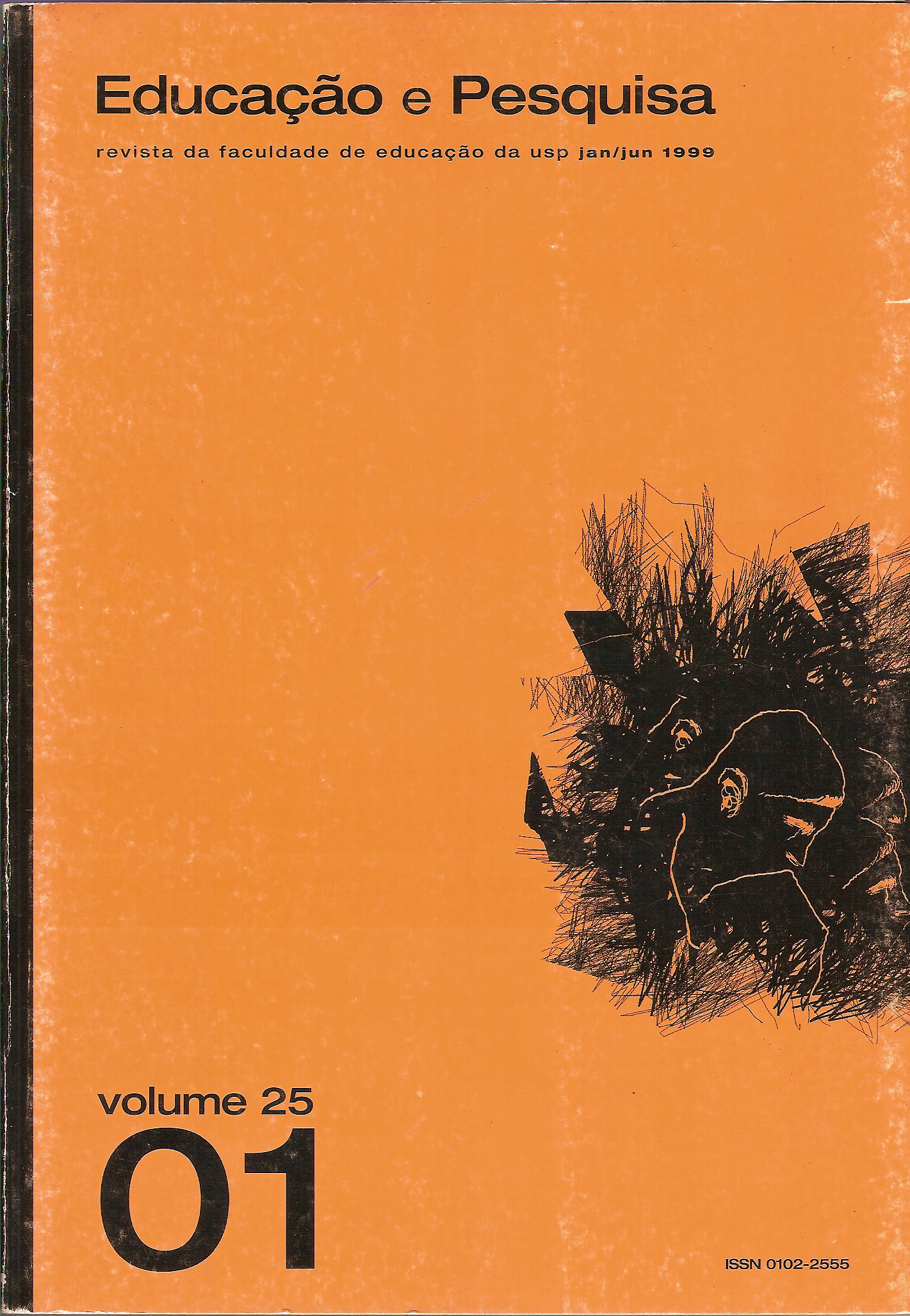Current situation of the pedagogical-educational service in Brazilian hospitals
DOI:
https://doi.org/10.1590/S1517-97021999000100009Keywords:
Hospital Class, Attention To Diversity, Special EducationAbstract
The Brazilian legislation recognizes the right of children and youngsters to pedagogical-educational service during their stay in a hospital (CNDCA, 1995). This type of service is called hospital class according to MEC/SEESP (1994) terminology. The absence of theories or studies about this service in Brazil contributes to making this form of teaching and broad health care little known both to the educational and to the health sectors. Taking this fact into account, the present study carried out a nationwide survey of states that actually offer hospital classes and how they are given. There are 39 hospital classes functioning in Brazil distributed among 12 States and the Federal District. This type of service is usually offered through agreements celebrated between the corresponding education and health state secretariats, although there are cases of hospital classes maintained by philanthropic groups and universities. Ninety-five teachers work in these services assisting more than 2000 children per month from 0 to 15 years of age. Let us raise with this study the need to make proposals and expand theoretical and methodological knowledge with a view to positively reach the goal of continuing with the psychic and cognitive development of children and youngsters in hospitals. It is necessary to define policies that fulfill the pedagogical-educational needs as well as the right to education and health of this clientele that find themselves at a special moment of their physical and emotional development.Downloads
Download data is not yet available.
Downloads
Published
1999-06-01
Issue
Section
Articles
License
Authors assume exclusive responsibility for the concepts expressed in their articles, which do not necessarily reflect the journal’s opinion.
Permission to photocopy all or part of the material published in the journal is granted provided that the original source of publication be assigned.
How to Cite
Current situation of the pedagogical-educational service in Brazilian hospitals . (1999). Educação E Pesquisa, 25(1), 117-129. https://doi.org/10.1590/S1517-97021999000100009



